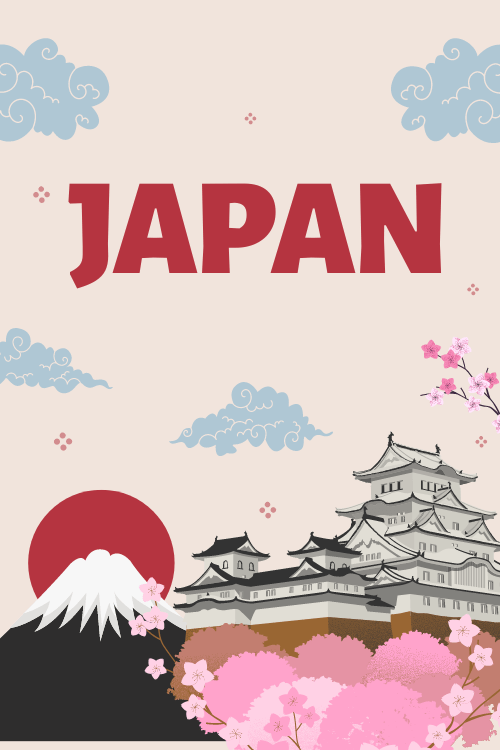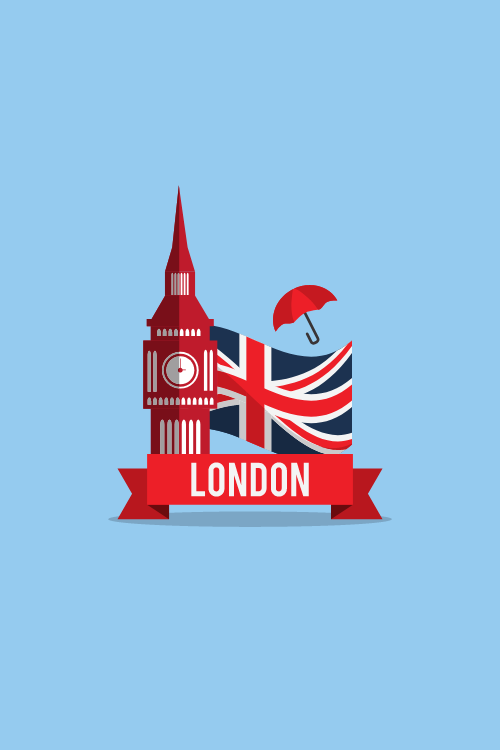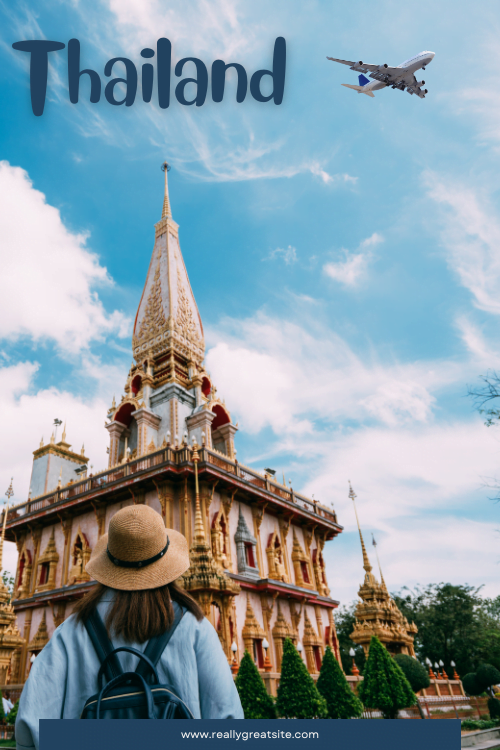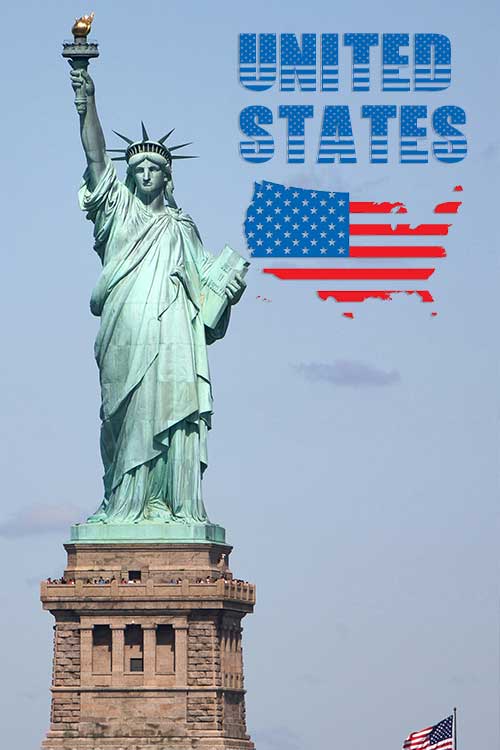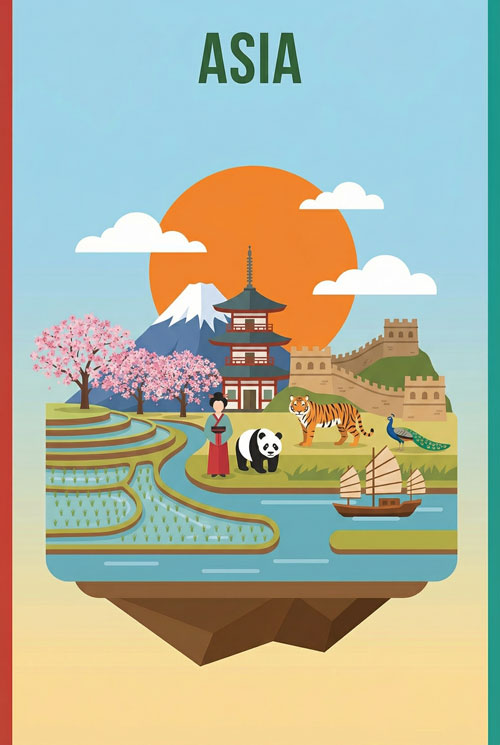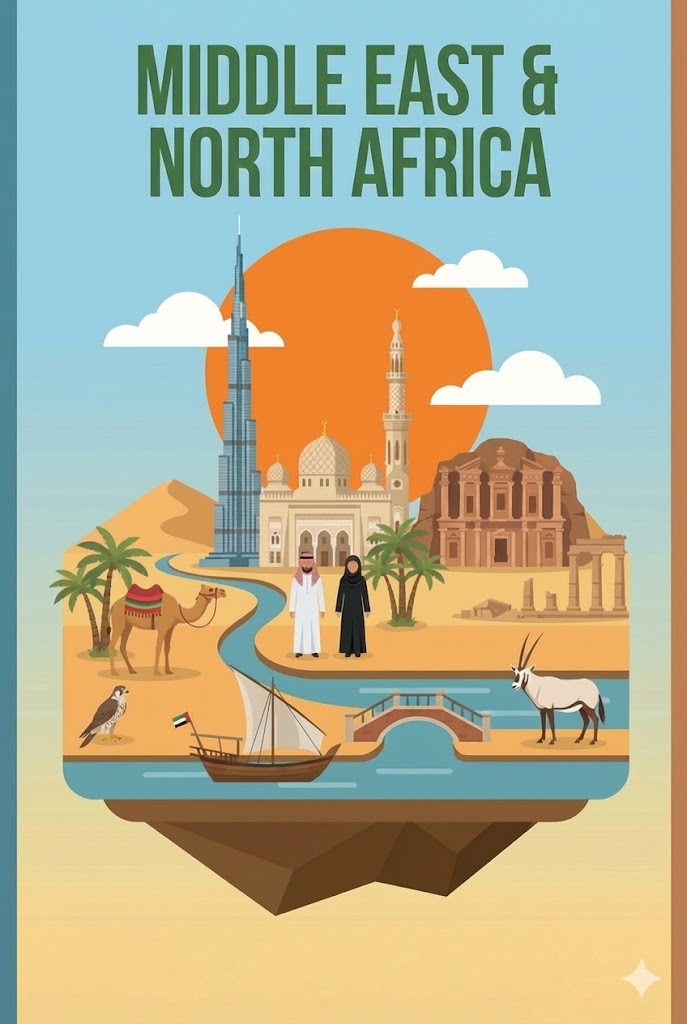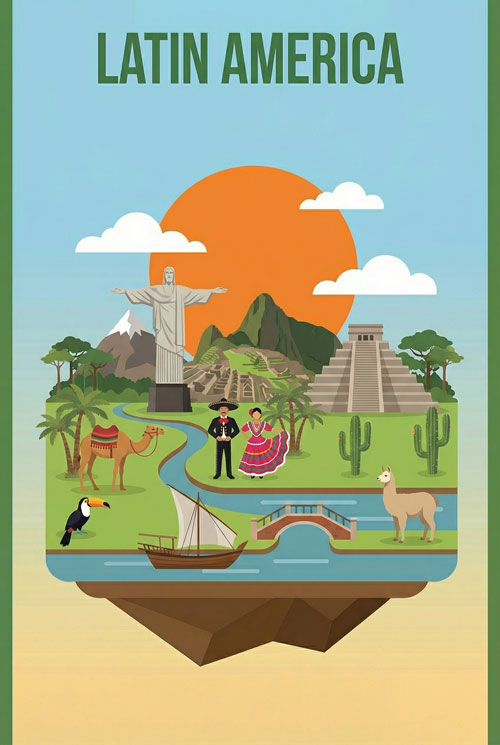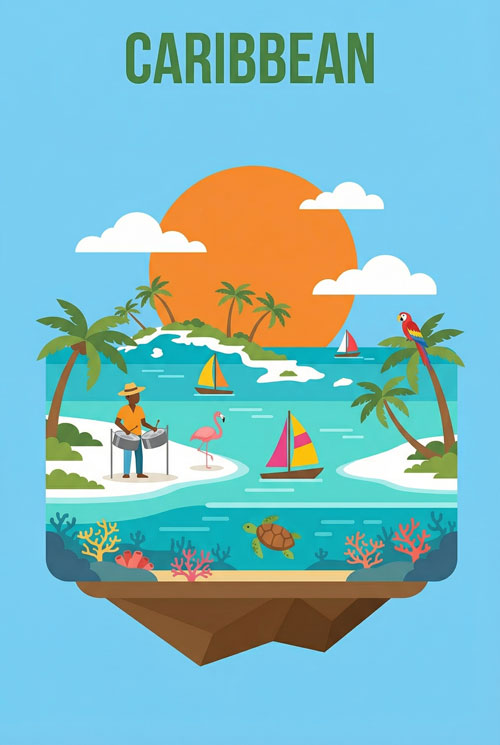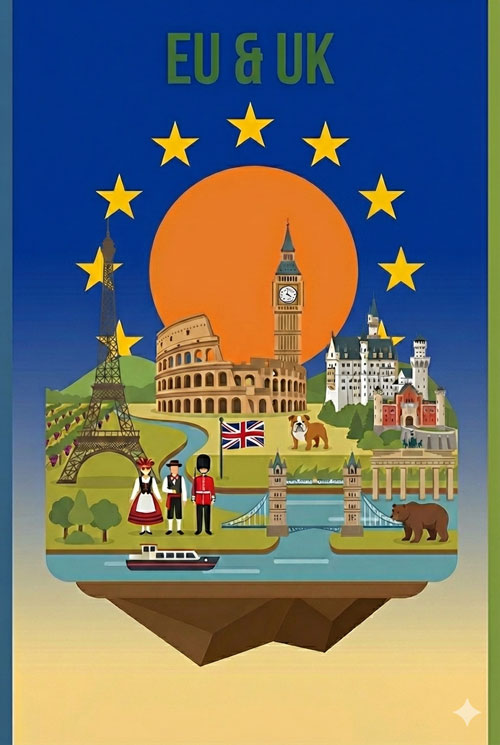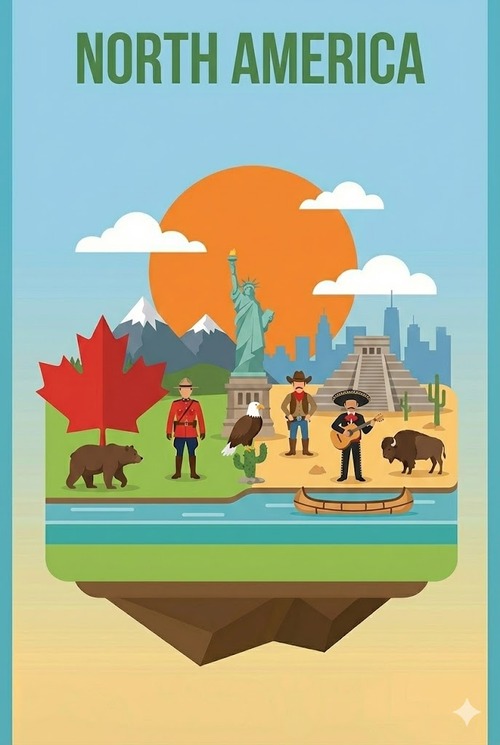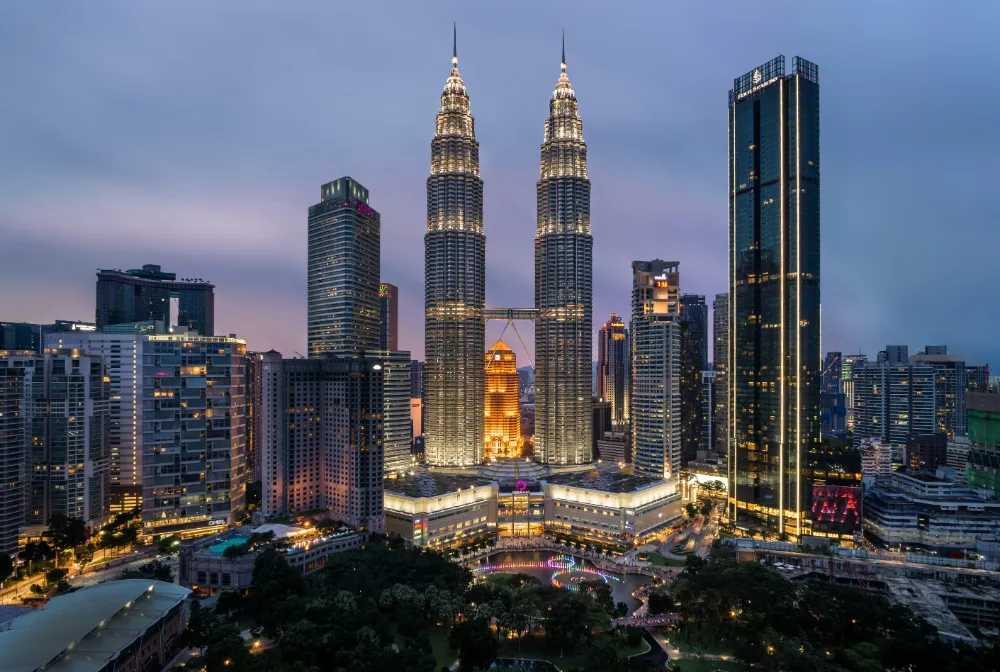eSIM Malaysia
The Best Time to Visit Kuala Lumpur: Everything You Need To Know
Welcome to Kuala Lumpur, it’s a place where you can wander through a lush, inner-city rainforest in the morning, explore the sacred depths of the Batu Caves by afternoon, and feast on world-class street food under the stars at Jalan Alor by night.
This multicultural metropolis is a sensory feast, blending Malay, Chinese, and Indian influences into a unique and unforgettable tapestry.
But planning a trip to this tropical capital comes with a key question: when is the best time to visit?
This guide will break down every factor—from monsoon seasons and flight prices to cultural events and travel styles—to help you pinpoint your perfect window for an unforgettable adventure in KL.
Kuala Lumpur at a Glance: Your Quick Guide to the Best Times
For those who want the highlights right away, here’s a quick rundown of the best times to visit Kuala Lumpur based on what you’re looking for.
| Best For… | When to Go | Why It’s Great |
| Great Weather & Sightseeing | June to August | These are the driest months, offering the most sunshine and blue skies for outdoor exploration and clear city views. |
| Budget Travel & Fewer Crowds | March, April, October | These shoulder months see the lowest flight and hotel prices, with fewer tourists at major attractions. |
| Festivals & Cultural Immersion | Jan/Feb, Mar/Apr, Oct/Nov | Experience the spectacle of Thaipusam & Chinese New Year (Jan/Feb), Ramadan & Hari Raya (Mar/Apr), or Deepavali (Oct/Nov). |
| Shopping Sprees & Mega Sales | June/July & November-January | The city’s malls offer massive discounts during the Malaysia Mega Sale Carnival and the Year-End Sale. |
| Outdoor Adventures & Hiking | June to August | Drier trails make for safer and more pleasant hiking at spots like Bukit Tabur and the KL Forest Eco Park. |
Decoding Kuala Lumpur’s Climate: More Than Just “Hot and Humid”
Kuala Lumpur’s weather is defined by its tropical rainforest climate. This means you can expect consistently high temperatures and humidity year-round. Daily highs typically hover between 31°C and 33°C (88°F and 91°F), while nighttime lows rarely drop below 23°C (73°F). Humidity is a constant companion, often exceeding 80%, which can make the air feel heavy and sticky.
While the temperature is stable, the main variable is rainfall. The city is influenced by two monsoon seasons, but its location, sheltered by the Titiwangsa Mountains to the east and Indonesia’s Sumatra island to the west, means it doesn’t experience the severe monsoon weather that affects coastal regions. Instead, KL’s climate is better understood as having “drier” and “wetter” periods.
The “Drier” Seasons (June-August & December-February)
These two periods are generally considered the most pleasant and are the most popular with tourists. They are characterized by having the most sunshine hours and the least amount of rain, with June and July often being the driest months of the entire year.
Even during these “drier” times, don’t leave your umbrella at home. Short, intense, and often dramatic thunderstorms are common in the late afternoon. These downpours usually last for an hour or so and can be a welcome, if brief, relief from the humidity. This weather is ideal for sightseeing, getting those perfect clear-sky photos of the Petronas Towers, and enjoying outdoor activities like exploring the KL Forest Eco Park. However, this predictable weather comes at a cost, as these months are also the peak tourist seasons, leading to bigger crowds and higher prices.
The Wetter Seasons (March-May & September-November)
These months represent the inter-monsoon periods and bring significantly more rain. March and April are influenced by the Southwest Monsoon, bringing not only heavy downpours but also some of the year’s hottest temperatures, creating a steamy, oppressive atmosphere.
The period from September to November feels the effects of the Northeast Monsoon. This culminates in November, which is definitively Kuala Lumpur’s wettest month, receiving an average of over 330 mm (13 inches) of rain across 25 days. While outdoor activities require more flexibility, these rainy seasons have a major upside: fewer tourists and much lower prices on flights and hotels. This makes it a fantastic time for budget travelers. The rain can also add a certain magic to the landscape, making the lush greenery of the Batu Caves or the city’s forest parks appear even more vibrant and dramatic. It’s also the perfect excuse to indulge in KL’s fantastic indoor attractions, from its world-class shopping malls to its excellent museums.
The Haze Season: A Critical X-Factor
A crucial element that many travel guides overlook is the seasonal haze. From approximately July to October, Kuala Lumpur’s air quality can be severely impacted by smoke from agricultural “slash-and-burn” fires on the Indonesian island of Sumatra. The dry conditions and prevailing Southwest Monsoon winds during this period can carry the haze directly over Malaysia.
This creates a significant travel paradox: the period with the “best” dry weather for sightseeing (June to August) directly overlaps with the highest risk period for poor air quality. A trip planned for sunny August days could be met with skies so thick with haze that outdoor activities become unpleasant or even hazardous to your health. In severe years, the haze has caused flight cancellations and health warnings. If traveling during these months, it is essential to monitor the real-time Air Quality Index (AQI) for Kuala Lumpur.
Kuala Lumpur Monthly Weather Averages
| Month | Avg. High | Avg. Low | Avg. Rainfall | Avg. Rainy Days | Avg. Humidity |
| January | 33°C / 91°F | 23°C / 73°F | 9.2 in / 234 mm | 15 | 79% |
| February | 33°C / 91°F | 23°C / 73°F | 7.3 in / 185 mm | 13 | 77% |
| March | 33°C / 91°F | 24°C / 75°F | 10.2 in / 259 mm | 18 | 79% |
| April | 33°C / 91°F | 24°C / 75°F | 11.1 in / 282 mm | 22 | 81% |
| May | 33°C / 91°F | 24°C / 75°F | 8.9 in / 226 mm | 19 | 80% |
| June | 32°C / 90°F | 24°C / 75°F | 6.2 in / 158 mm | 13 | 78% |
| July | 32°C / 90°F | 23°C / 73°F | 6.8 in / 173 mm | 12 | 78% |
| August | 33°C / 91°F | 23°C / 73°F | 7.1 in / 180 mm | 13 | 78% |
| September | 33°C / 91°F | 23°C / 73°F | 9.0 in / 229 mm | 16 | 79% |
| October | 32°C / 90°F | 23°C / 73°F | 11.3 in / 287 mm | 18 | 81% |
| November | 32°C / 90°F | 23°C / 73°F | 13.4 in / 340 mm | 23 | 84% |
| December | 32°C / 90°F | 23°C / 73°F | 10.6 in / 270 mm | 21 | 83% |
The Pulse of the City: Seasons, Crowds, and Costs
The flow of tourists in Kuala Lumpur is directly tied to its weather patterns and major holidays, creating distinct seasons that impact prices and the overall atmosphere of the city.
Peak Season (December-February & June-August)
These two periods are the busiest times in KL for a reason. The December to February window is fueled by the festive energy of Christmas, New Year’s, and the massive Chinese New Year celebrations, all coinciding with pleasantly dry weather. The June to August peak is driven by summer holidays in Europe and the Middle East, along with local school breaks, which align perfectly with the driest stretch of the year.
During these months, expect to pay a premium. Flight data shows December is the most popular month to fly in, while hotel prices can spike in May and June as the peak season begins. Attractions will be at their most crowded, with long queues for the Petronas Towers sky bridge and packed shopping malls.
Shoulder Season (March-May & September-October)
These months represent a strategic trade-off for savvy travelers. As the weather becomes more unpredictable—hotter and wetter in March and April, and increasingly rainy in September and October—the large tourist crowds begin to thin out. This drop in demand directly leads to lower prices. Airlines and hotels offer significant discounts to attract visitors, with data showing that March is often the cheapest month for hotels, and September is the cheapest for flights. For travelers willing to pack a raincoat and be flexible with their plans, the reward is a more affordable and relaxed trip, offering a great balance of manageable crowds and excellent value.
Low Season (Primarily November)
November stands out as the quietest month in Kuala Lumpur. This is no coincidence; it’s the rainiest month of the year, which deters most tourists. If you don’t mind the downpours, you’ll be rewarded with the lowest accommodation prices and an almost crowd-free experience at indoor attractions. It’s an ideal time for a trip focused on museum hopping, cafe culture, spa treatments, and shopping.
Kuala Lumpur Tourist Seasons: Crowds & Costs
| Season | Months | Crowd Level | Flight Cost | Hotel Cost | Vibe |
| Peak | Dec-Feb, Jun-Aug | High | High | High | Festive, bustling, sunny |
| Shoulder | Mar-May, Sep-Oct | Medium | Low | Low | Relaxed, local, unpredictable weather |
| Low | November | Low | Medium | Very Low | Quiet, rainy, best for indoor activities |
Your Perfect Trip: Kuala Lumpur by Travel Style
The “best time” to visit is personal. Here’s how to match your travel style to the KL calendar.
For the Sun-Seeker & Outdoor Adventurer
Best Time: June to August.
This is your prime window. The drier, sunnier weather is perfect for tackling hiking trails like Bukit Tabur or the FRIM Forest Skywalk, as the paths are less likely to be dangerously slippery. A visit to the iconic Batu Caves is also far more enjoyable when you’re not climbing the 272 steps in a torrential downpour.
Crucial Caveat: Remember the haze season. The biggest threat to your outdoor plans during this period isn’t rain, but poor air quality. Always check the daily AQI before heading out.
For the Budget Traveler
Best Time: March, April, and October.
This is the ultimate sweet spot. Flight and hotel data consistently point to these shoulder months as the cheapest times to visit. Pack a good raincoat, embrace the excellent and affordable public transport system (LRT, Monorail, and the free Go KL City Bus), and enjoy the city without the crowds. You can fill your itinerary with incredible free attractions like Merdeka Square, the exterior of the Petronas Towers, and the stunning Thean Hou and Sri Mahamariaman temples.
For the Culture & Festival Enthusiast
Your trip will be defined by the festival calendar, but be prepared for the associated crowds and costs.
- Thaipusam (February 11, 2025): An intense and visually spectacular Hindu festival of faith and penance. The main event is a massive procession to the Batu Caves, which becomes a sea of devotees. It’s an overwhelming but unforgettable cultural experience, especially for photographers.
- Chinese New Year (January 29, 2025): For 15 days, the city is electric. Malls and temples like Thean Hou are draped in red lanterns, and the streets echo with lion dances and fireworks. Note that many smaller, family-run Chinese shops and restaurants may close for a few days.
- Hari Raya Aidilfitri (March 31, 2025): This holiday marks the end of the fasting month of Ramadan. For a tourist, the real magic happens in the weeks before Hari Raya, when vibrant Ramadan Bazaars pop up across the city, offering an incredible array of traditional Malay food. The city itself can be quieter during the actual holiday as many locals travel back to their hometowns (balik kampung).
- Deepavali (October 20, 2025): The Hindu “Festival of Lights.” The Little India neighborhood in Brickfields becomes a dazzling hub of light, color, music, and food stalls. The city’s shopping malls also put on elaborate and beautiful displays.
For the Family
Best Time: June or December.
These months align with both local and international school holidays, meaning you’ll find more family-oriented events and promotions running. While it will be crowded, the weather is generally good for a mix of activities. It’s the perfect time for a day at a theme park like Sunway Lagoon or to escape the midday heat at indoor educational attractions like Aquaria KLCC and the Petrosains Discovery Centre. Keep an eye out for “kids eat free” deals at many restaurants during these periods.
For the Shopaholic
Best Time: June-July or November-January.
To score the best deals, plan your trip around one of Malaysia’s three major nationwide sales events, where discounts can reach up to 85%.
- Malaysia Mega Sale Carnival: June to July
- Year-End Sale: November to January
Even outside these periods, KL is a shopper’s paradise. The rainy season can be a great excuse to spend your days exploring everything from luxury malls like Pavilion KL to the bustling market stalls of Petaling Street.
For the Luxury Seeker
Best Time: May and June.
This window offers the perfect blend for a high-end trip. You’ll enjoy relatively dry, sunny weather ideal for rooftop infinity pools and al fresco fine dining, but without the peak holiday crowds of July and August. This is the time to indulge in KL’s acclaimed Michelin-starred restaurants like Dewakan, arrange for personal shopping experiences at Pavilion KL, and book a suite at one of the city’s premier luxury hotels, such as The St. Regis, Four Seasons, or the Park Hyatt Kuala Lumpur.
Stay Connected in Kuala Lumpur with an eSIM
The moment your plane touches down at Kuala Lumpur International Airport (KLIA), the modern traveler’s first instinct is to get connected. You need data to book a Grab car, navigate to your hotel with maps, or simply let family know you’ve arrived safely.
In the past, this meant facing a choice between eye-watering international roaming fees from your home provider or the time-consuming hassle of buying a physical SIM card at the airport. The latter involves finding the right mobile operator kiosk (like Celcom, Maxis, or Digi), waiting in line, presenting your passport for mandatory registration, and trying to decipher various “tourist plans” which are often more expensive than local rates. It’s a process that eats into precious vacation time right at the start of your trip.
There’s a better way. With an eSIM from eSIM.com, you can solve this problem before you even leave home. Simply purchase and download a data plan for Malaysia, and activate it the moment you land. No more bill shock, no more airport SIM queues, and no more wasted time. You’ll be connected from the second your plane touches the tarmac.
Check out eSIM4.com for affordable, reliable data plans for your trip to Kuala Lumpur.
Frequently Asked Questions (FAQ)
What should I pack for a trip to Kuala Lumpur?
Focus on lightweight, breathable fabrics like linen or moisture-wicking sportswear; avoid cotton as it dries slowly in the high humidity. Pack culturally respectful clothing that covers your shoulders and knees, especially for visiting temples and mosques. A light raincoat or compact umbrella is essential for the frequent afternoon showers. Comfortable walking shoes are a must, as is strong sunscreen. A light jacket or cardigan is also useful for the powerful air-conditioning in malls and restaurants.
Is Kuala Lumpur safe for tourists?
Kuala Lumpur is generally a very safe and modern city for tourists. However, like any major city, it’s wise to take standard precautions against petty crime. Be mindful of your belongings, especially in crowded areas, to avoid bag-snatching or phone theft. Women may find that dressing more modestly helps to avoid unwanted attention. Also, be aware that the monkeys at popular sites like the Batu Caves can be bold and mischievous, so keep your distance and secure your belongings.
How many days are enough for Kuala Lumpur?
For a first-time visitor, 3 to 4 days is a good amount of time to cover the main highlights without feeling rushed. This allows you to see the Petronas Towers, explore the Batu Caves, and wander through key districts like Bukit Bintang and Chinatown. A longer stay of 5 days or more gives you the chance to explore at a more relaxed pace and even take a popular day trip to the historic city of Melaka.
When is the cheapest time to fly to Kuala Lumpur?
Based on historical flight data, the shoulder seasons offer the best prices. September is often the cheapest month to fly from many international destinations. The months of March, April, and October also tend to have great deals on airfare. For the best rates, it’s always recommended to book your flights several months in advance.

